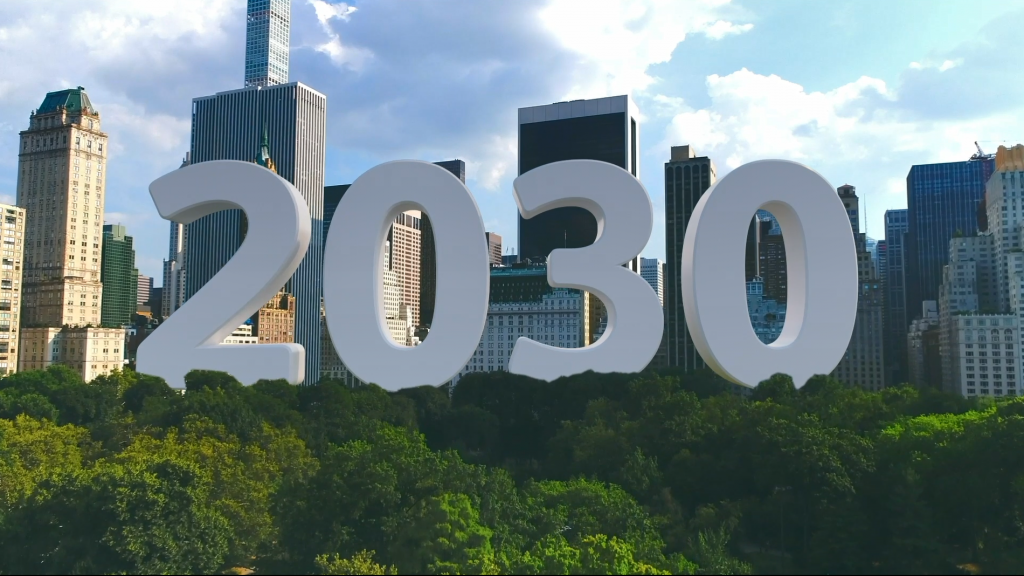
At a glance
0 min read
- Steel is an essential part of modern society, and is an ‘endless’ recyclable material.
- On average, 1.89 tonnes of carbon dioxide is release for every tonne of steel manufactured using blast furnaces.
- We can build upon the success of the GREENSTEEL manufacturing approach, recycling scrap metal and using sustainably powered furnaces, with new and emerging technology and techniques to be carbon neutral by 2030.
Our Executive Chairman, Sanjeev Gupta, shares his views on our GREENSTEEL approach and how steel can go carbon neutral by 2030.
It’s impossible to imagine modern life without steel. It is an essential ingredient of our society’s growth and prosperity. From the materials it is made of, all the way to the buildings, bridges, cars, planes and all the other everyday items that we take for granted, steel is all around is. It is one of the building blocks of our everyday lives, making modern living possible and improving it in countless ways. It is also a vital material in the circular economy, being one of the world’s endlessly recyclable materials.
Yet globally most steel is manufactured using blast furnaces, releasing on average 1.89 tonnes of carbon dioxide for every tonne of steel made; and our industry accounts for between 7% and 9% of all the world’s direct emissions from use of fossil fuels.
It is therefore clear that we need to address this challenge urgently, collaboratively and by actively exploring all the options – both short and long term – available to us.
One of the ways in which we, as an industry, can seek to reduce emissions is to reuse what has already been created. At LIBERTY we have sought to grow this opportunity and named it GREENSTEEL, a manufacturing approach based on recycling scrap metal in sustainably powered furnaces rather than making all of our steel from virgin materials.
I am confident that in the months and years to come there will be new opportunities and new technologies that will allow us to reduce our impact on the planet. For example, hydrogen as an energy source has been viewed in the past as too technically and economically challenging. But the technology has moved on by leaps and bounds and it is now possible to envisage a medium-term future in which steel can be produced using the most abundant chemical substance in the universe.
As developments progress at rapid pace, there will also be other advancements in steelmaking and sustainable power generation we will be able to harness.
With this in mind, we are determined to focus our own GREENSTEEL initiatives, and work with our peers, industry bodies and academia to become carbon neutral as a company by 2030.
This does not mean that we will have no emissions, or indeed that one source will provide the energy for all our activities. If I’ve learned anything from my life-long career in steel, it is that only a mixed model can work – we will still have conventional blast furnaces, which we will gradually transition to electric arc furnaces and new technologies in place around the world. But our GREENSTEEL vision will be our North Star as we strive towards a new low carbon way of manufacturing steel.
Achieving such radical change won’t be easy. But if we’re successful, there will be a huge economic and social dividend, as well as a game-changing environmental outcome.
As a responsible business, the legacy we pass on to future generations is every bit as important to us as our bottom line. LIBERTY aims not just to produce top-quality steel but to be an agent of change in the industry. In doing so, we can open the door to the re-industrialisation of the developed world by reviving and restoring our industry.
